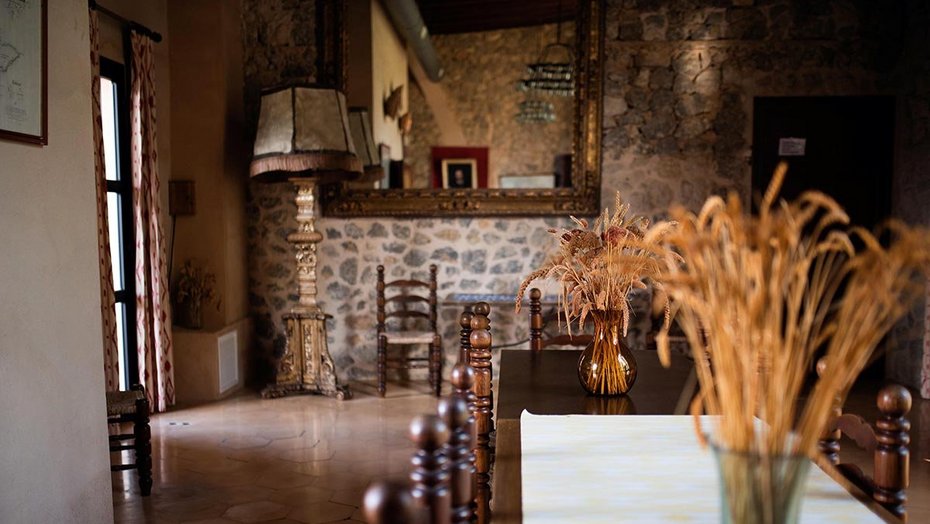Of cats, chaos and clicks: real estate photography!
Real estate photography: pictures say more than a thousand words. Attractive and professional photos are crucial when advertising real estate.

Many people interested in buying or renting assume that a real estate agent must also have a certain level of photography expertise in order to take at least halfway professional photos. However, not all real estate agents are equally skilled in photography - although of course everyone who has found this blog post and is reading these lines should be able to take good photos.
In the real estate industry, it has now become a popular pastime to amuse themselves with the photography fails of other real estate agents (be sure to check it out: terriblerealestateagentphotos.com). And now that the camera technology in smartphones is producing excellent results, it has become even easier to produce really solid photos. Simply point the camera in one direction and press the shutter button - it couldn't be easier. But sometimes we even fail at that. The most obvious solution would be to hire a professional photographer. But even they can't always deliver the results that both real estate agents and their clients expect.
Here are 10 common real estate photography pitfalls that both real estate agents, homeowners and professional photographers should avoid:
- CATS! If a cat lives in a house, it will end up in one of the photos. Cats are true masters of photobombing and often only appear when you are already home and editing the pictures. Then you suddenly spot them looking straight at the camera from some angle with wide eyes. Sometimes they are even standing in the middle of the room and you wonder how you could have missed them while taking the photo.
- AVOID SELFIES! Don't take photos of yourself! This happens far too often due to reflections or reflective window panes.
- DIRT! Dust, dirt and signs of water damage or mold are also visible in the photos. This should be taken for granted, but thorough cleaning should be done before taking photos or viewings.
- CLAUSTROPHOBIA! Small rooms can be photographed with a wide-angle lens. However, they may still appear smaller afterwards. It should therefore be considered whether such pictures should even appear in the exposé.
- INTERIOR DESIGNER? Photography and staging are two different things. Sometimes real estate agents and owners assume that it is the photographer's job to rearrange the furniture. However, this is clearly the responsibility of the seller or landlord.
- PALM TREES AND TRAPS! Photoshop is a great tool. But be careful: inserting a hot tub INTO a photo (on the terrace, for example) is much easier than removing a palm tree FROM the picture that is blocking the beautiful sea view from the terrace. The most drastic option would be to actually remove the palm tree. However, it is unfortunate when a plant cannot continue to grow due to the narrow-mindedness or incompetence of the photographer. Not to mention the change in the character of the property.
- UNPHOTOGRAPHABLE BATHROOMS! Most bathrooms are difficult to photograph due to their size. Using a flash in a room with a mirror and window without getting annoying reflections in the glass is an additional challenge.
- LIGHT! Photographing dark interiors without a flash is scary - it's not even worth trying. Always open all shutters and turn on all lights. If necessary, get additional lighting from adjacent rooms.
- SHADOW AND LIGHT! Before a photo shoot, find out which direction the house is facing and where the sun will be. Photos with the sun behind you or at least from the side produce much better results than shots against the sun.
Homeowners or real estate agents often call me and confirm that the property is now ready to be photographed. When I am on site, it often turns out that this is not the case at all. It does not matter whether the person in charge had an hour, a day or a month to prepare the property - most of the time it just wasn't done!
In such cases, it is my job to quickly and sensitively find out whether the person in charge himself realizes that the property is not actually ready for photographs. If it is foreseeable that the preparations cannot be completed in time, a new appointment must of course be made...
Tip 10: Real estate agents should always meet with the commissioned photographer at the property in order to eliminate potential problems right from the start. Even real estate agents who take their own photos should get a detailed picture together with the owner beforehand: Potential problems can be addressed and the homeowner can describe the advantages of the house, which should then be captured in the photos.
